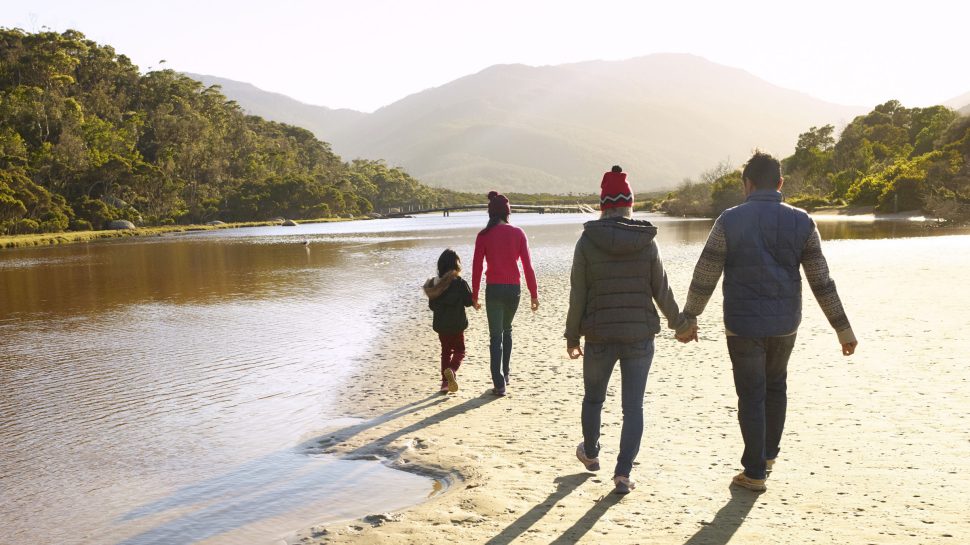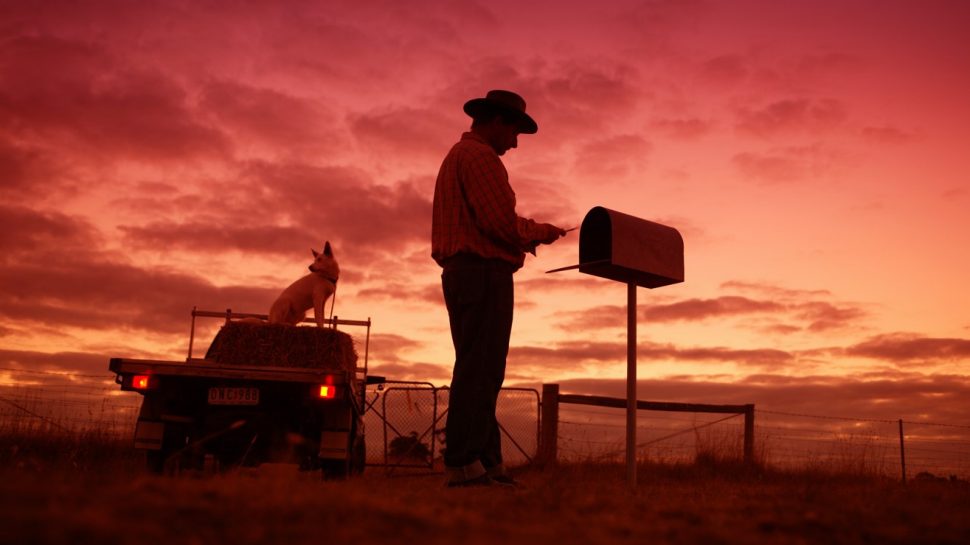Building community resilience through partnerships
In the face of bushfires, storms, floods and the COVID-19 pandemic, 2020 has seen public and private sectors come together with a shared commitment to help those doing it tough. What have we learned, that can help Australian communities through future periods of disaster and crisis?

Key points
- Effective disaster response requires an investment in the preparedness and resilience of communities1
- Cross-sector collaboration, and meaningful community engagement, are critical for effectively supporting disaster resilience
- Australia Post is an agile, proactive and collaborative partner in preparation and recovery
The 2020 Royal Commission into National Natural Disaster Arrangements Report, has emphasised the necessity for a fundamental shift in strategic thinking about Australia’s natural disaster management. If there were one word that encapsulates this shift, the commission suggests it would be ‘resilience’.2
And if the cascading and compounding disasters of 2020 haven’t highlighted the importance of an investment in the preparedness and resilience of Australian communities – then nothing else will.
Ashley Marshall, General Manager Government at Australia Post, agrees with the Commission’s call for ‘national cooperation’ to make Australia more resilient to natural disasters. “Cross-sector collaboration, and meaningful community engagement, are critical for effectively supporting disaster resilience,” he says.
Partnering to help keep Australia strong
It’s long been necessary, and is now widely recognised and accepted, that businesses, public organisations and individuals each play a role in various aspects of natural disaster mitigation, preparedness, response and recovery. And the 2020 Royal Commission into National Natural Disaster Arrangements Report, has called for a national approach.2
This shared responsibility includes prioritising immediate community needs such as material aid, cash, essential supplies, medical supplies and communication – all things Australia Post can deliver to Australians.
More than ever before, the scale and impacts of the COVID-19 pandemic forced organisations to step outside the box, cut through red tape, move swiftly to meet the crisis at hand – and collaborate to manage the emerging needs of the community.
“Even in our business, we’ve seen new levels of collaboration,” notes Marshall. “From partnering with other businesses to secure additional warehousing space for PPE; to chartering planes to deliver time-critical and potentially life-saving supplies; even digitising mail and dispersing it to its nominated delivery points; Australia Post has done everything within its power to help serve the needs of the community through this period.”
Keeping communities connected in times of need
Natural hazards are a fact of life in Australia—every year, bushfires, floods, cyclones and storms devastate our communities.3 And when disaster strikes, Australia Post's role in communities becomes heightened.
In regional Australian communities, Post Offices are the most present service provider – 96% of residents have a local Post Office. “Our licensees are local business themselves. And they have relationships with and valuable knowledge of the communities they support,” explains Marshall. “As people look for support and reassurance, we are one of the entities they turn to.”
In 2019, when floodwaters prevented aid from reaching vulnerable residents in the rural town of Ayr, local Australia Post employees coordinated a flatbed tilt truck to transport a van carrying supplies across floodwater to enable deliveries. Australia Post also trialled flexible mobile post office units and vans during the 2019 Townsville floods – taking our services to communities to keep them connected.
And when Marshall reflects on the 2019/20 bushfires, he says “Our network really came to life to support Australians. We’ve learnt a lot about how our network – from our 4,300 Post Offices, to our huge fleet of vehicles, and over 75,000-strong workforce – can help keep people connected in the wake of a disaster.”
For example, the Batemans Bay Post Office quickly transformed into a community hub where residents could access cash, meet and socialise, charge their phones and access the internet to stay in communication with their family and support network.4

Through the COVID-19 pandemic, Australia Post’s Pharmacy Home Delivery Service has delivered essential medical supplies to over 24,000 vulnerable Australians from over 1800 pharmacies.5 And as lockdown restrictions impacted many retailers, their eCommerce solutions provided a lifeline – enabling them to continue to trade and service consumers online. Some 23,000 extra small business customers used the MyPost Business to set up eCommerce deliveries when in-store visits were not possible.6
Providing essential emergency services
Whether we are in crisis response or recovery mode, or building future resilience, Australians expect leadership from government and other organisations – including clarity in communications and co-ordinated service delivery.
“We might not know when the next disaster is going to hit, or how it will impact communities,” says Marshall. “But Australia Post’s reach and presence in Australian communities, can help all levels of government, not for profits, and service providers to be better prepared. And to quickly provide support when it’s needed.”
Australia Post welcomes opportunities to be involved in ongoing planning for future emergencies and national disasters. “Our people and our infrastructure can be deployed to serve critical community needs,” says Marshall.
These services include:
- Providing access to cash and banking services
- Distributing and delivering essential supplies
- Providing in person and digital communication channels
- Providing access to government assistance
- Supporting fund raising to aid recovery.
By working together, across sectors and organisations, we can better prepare to manage the physical and financial impacts of natural disasters and a changing climate. We can strengthen supply chains; develop more robust continuity plans; plan contingencies; and build new capabilities. And we can help build more resilient communities.
Download our support kit, Helping Australian communities through times of disaster and crisis, to learn more about how we can support your disaster preparation, response and recovery plans.
Recommended reading
This article is provided for general information purposes only and is not intended to be specific advice for your business needs.
1 Lessons learned from COVID-19: How the private sector can support disaster prevention, response, and recovery, ReliefWeb, 6 October 2020
2 Royal commission into natural Disaster Arrangements – Report, October 2020
3 Australian Disaster Preparedness Framework, Department of Home Affairs, Australian Government, October 2018
4 How prepared are you and your business in the face of disaster?, Australia Post, 31 August 2020
5 Media Release: Australia Post extends essential medical supplies deliveries to support vulnerable community members as source, Australia Post, 25 September 2020
6 Economic assessment of Australia Post’s activities during COVID-19, Deloitte Access Economics, July 2020

